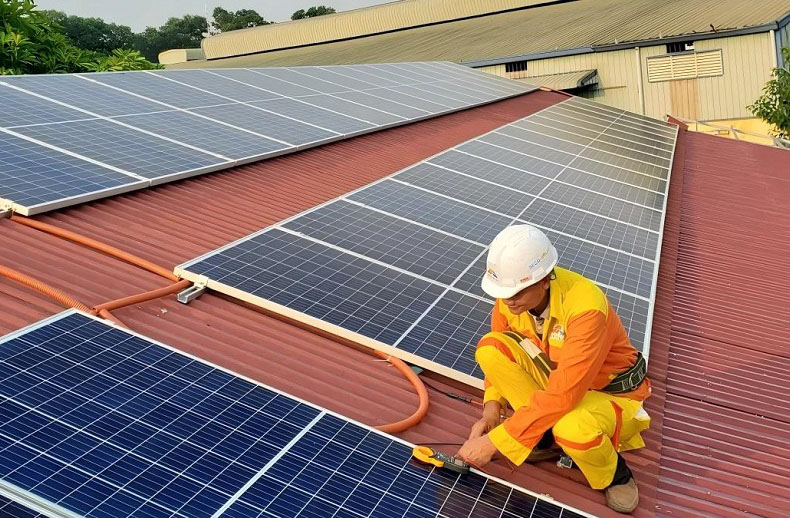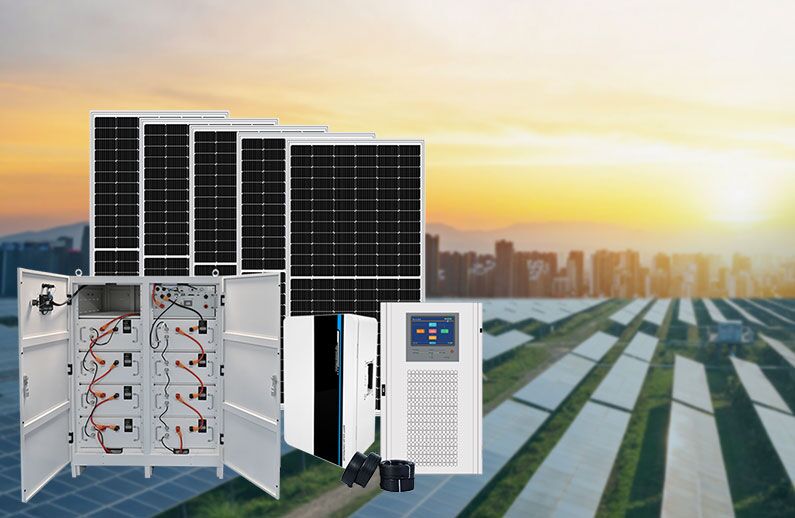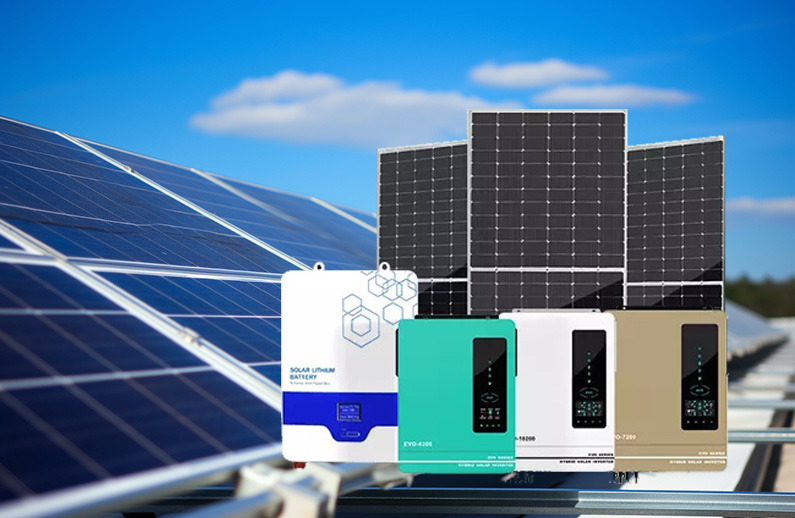How much battery storage for a 15 kW solar system?
May 20, 2024
Battery storage is a crucial component of solar power systems, especially for off-grid or hybrid setups where continuous electricity supply is essential. In this blog post, we'll explore the considerations and factors involved in determining the appropriate amount of battery storage for a 15 kW solar system, examining its relevance for both off-grid and commercial applications.
A 15 kW solar system represents a significant solar power installation capable of generating substantial electricity. These systems consist of photovoltaic (PV) panels, inverters, mounting structures, and optionally, battery storage solutions. They are suitable for a variety of applications, including residential homes, small businesses, farms, and off-grid installations.
Battery storage plays a crucial role in solar power systems by storing excess energy generated during the day for use during periods of low sunlight or at night. This ensures a reliable and continuous power supply, especially in off-grid scenarios where grid connection is unavailable or unreliable. In commercial settings, battery storage can also help manage peak demand, reduce energy costs, and provide backup power during grid outages.
The amount of battery storage required for a 15 kW solar system depends on several factors, including:
Energy Usage: The daily energy consumption of the intended application determines the size of the battery bank needed to meet demand during periods of low solar generation.
Autonomy Requirement: The desired level of autonomy, or the number of days the system can operate without solar input, influences the size of the battery bank. Higher autonomy requirements necessitate larger battery storage capacity.
Peak Load: The maximum power demand of the application determines the discharge rate of the batteries. Adequate battery capacity is needed to support peak loads without compromising system performance.
Efficiency Losses: Considerations for efficiency losses in charging, discharging, and battery aging should be factored into the sizing calculations to ensure optimal performance over the system's lifespan.
For off-grid commercial solar system, the battery storage capacity is typically sized to meet the energy needs of the load during periods of low solar generation, such as overnight or during inclement weather. In commercial applications, battery storage can be sized to manage peak demand, provide backup power, and optimize energy use to minimize electricity costs.
Determining the appropriate amount of battery storage for a 15KW off-grid solar system involves careful consideration of energy usage, autonomy requirements, peak load, and efficiency losses. Whether for off-grid installations or commercial setups, properly sized battery storage ensures reliable and continuous power supply, maximizing the benefits of solar energy. By optimizing battery storage capacity, solar power systems can operate efficiently, reduce reliance on traditional grid infrastructure, and contribute to a more sustainable energy future.




 Network Supported
Network Supported